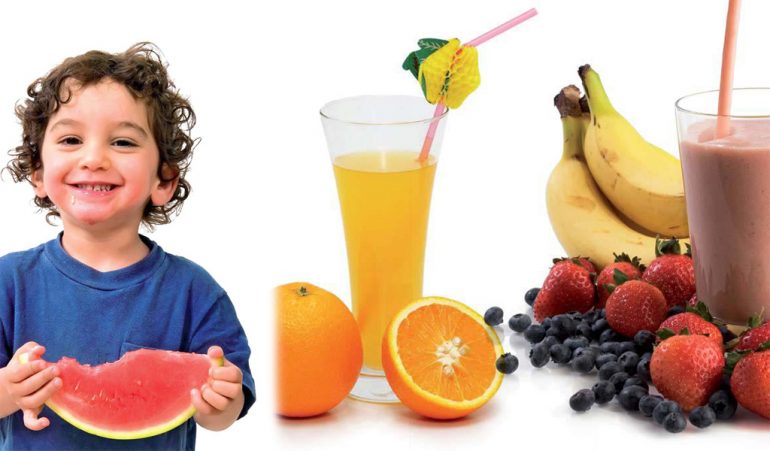Ayurveda’s unique approach to choosing foods for health
The holistic science of Ayurveda from India, teaching potent and time tested methods to regain and maintain health, well-being and overall vitality through natural and spiritual means, teaches a unique method to evaluate the suitability or unsuitability of food. This method is radically different from the modern categorization of foods based upon their caloric content or whether they are proteins, carbohydrates, fats, minerals or vitamins and their resulting biochemical impact upon the body. Ayurvedic classification is based upon the dominant taste of a food called Rasa in Sanskrit.
Ayurveda declares that all food substances in this universe are composed of one or more of these six Rasas.
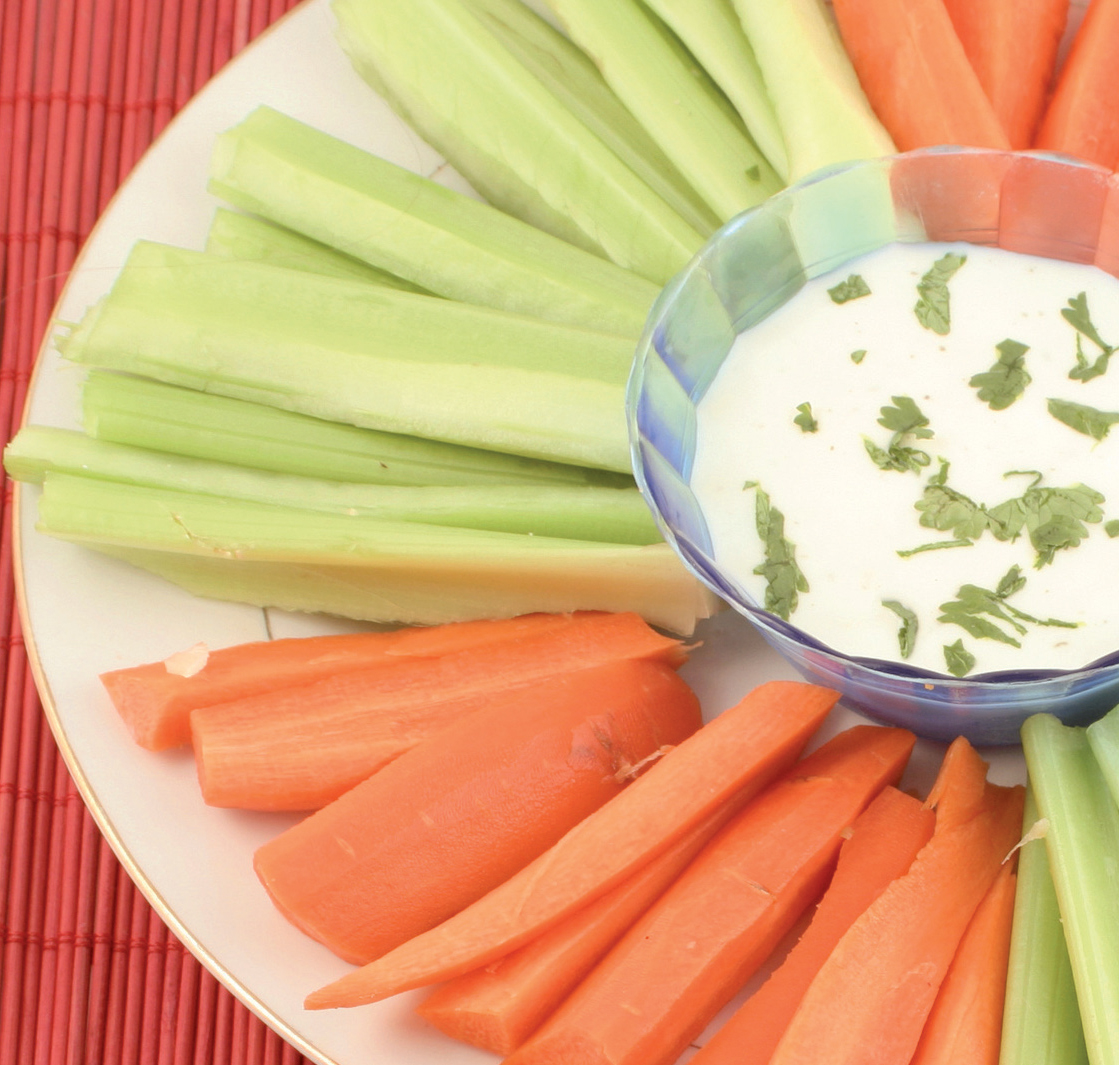
| Sweet Taste or Madhura Rasa | Sour Taste or Amla Rasa |
| Salty Taste or Lavana Rasa | Pungent Taste or Katu Rasa |
| Bitter Taste or Tikta Rasa | Astringent Taste or Kashaaya Rasa |
The rationale
According to the ancient science of Ayurveda, each taste possesses specific qualities, which either aggravate or alleviate one or more of the three bio-humors of bio-psychic forces or energy systems inside the body, called Doshas. When the Doshas are in a state of balance, health is maintained and when they become disturbed (aggravated or diminished), disease manifests.
Vata Dosha regulates movement in the body, such as respiration, joint mobility, heart rate, movement of nerve impulses and thoughts. It sparks enthusiasm, new ideas and at times, also fear and anxiety.
Pitta Dosha controls digestive and glandular secretions, body heat and metabolism, including digestive enzymes and bile. It facilitates the “digestion” of sensory stimuli and influences states of passion and anger.
Kapha Dosha maintains structure, solidity and lubrication in the body, forming connective and musculoskeletal tissues and influences our power of endurance, patience and fortitude.
A balanced diet in Ayurveda includes the intake of all six tastes daily, as each taste helps pacify or balance a certain Dosha. To regain Dosha balance, if one or two are over excited or aggravated over the others, then, certain tastes can be selected over the others for a period of time for achieving certain therapeutic effects. Each taste is endowed with certain specific properties and stimulates typical actions inside the body and even affects mind states.
Based upon the law of tastes, each one of us is invited to eat food consciously to enhance health and well-being, prevent disease and delay aging by keeping our Doshas in perfect balance.
| Vata Dosha | Pitta Dosha | Kapha Dosha |
|---|---|---|
| Aggravated by: Bitter, Pungent, Astringent Pacified by: Sweet, Sour, Salty |
Aggravated by: Pungent, Sour, Salty Pacified by: Sweet, Bitter, Astringent |
Aggravated by: Sweet, Sour, Salty Pacified by: Pungent, Bitter, Astringent |
The sweet taste
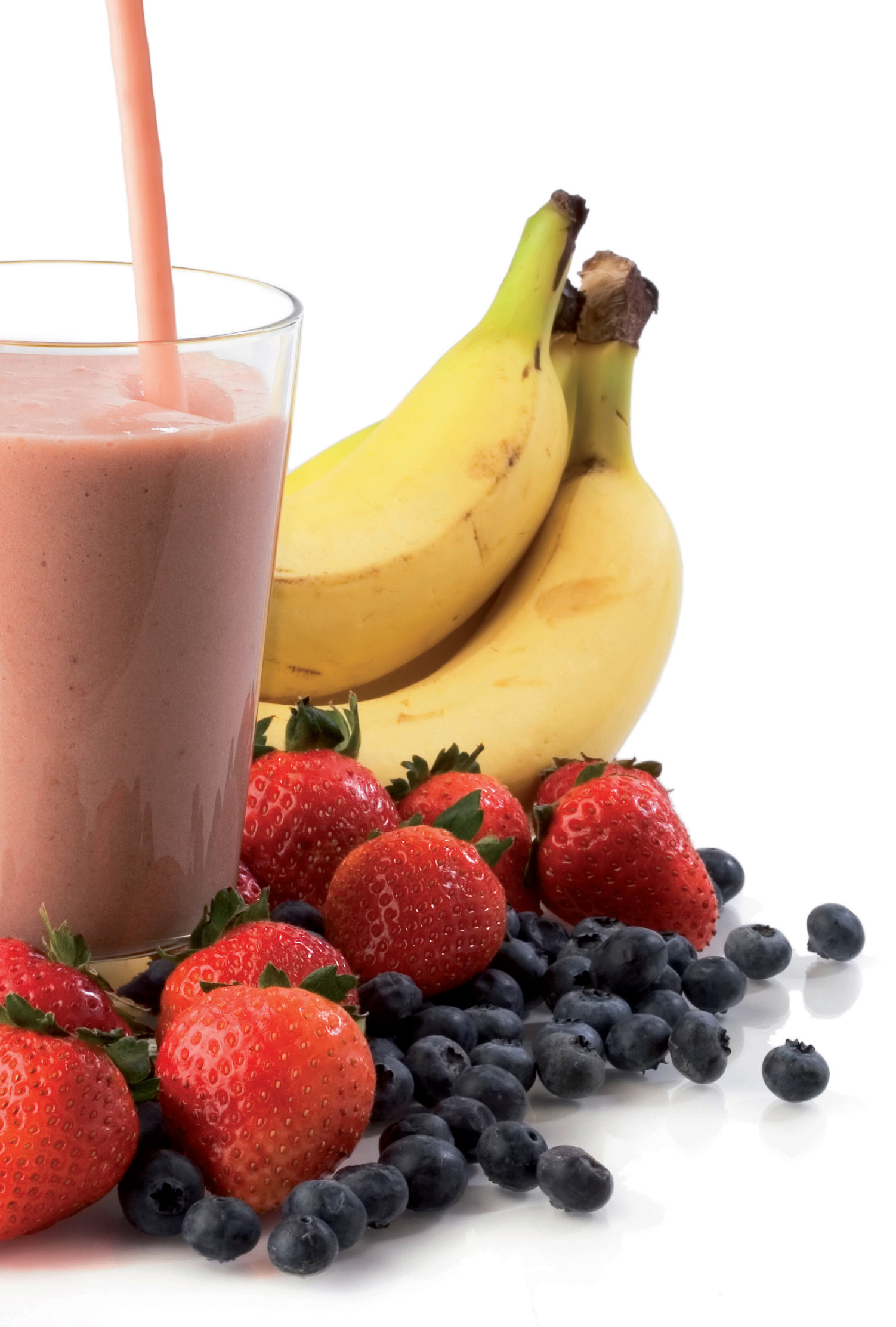
The sweet taste is dominant in the elements of Water and Earth and hence, it gifts its delighted consumers much stability and calmness, immediate emotional relief and tongue-tummy based contentment because of the sweet taste’s properties — oily, cooling, heavy, viscous, pleasant and soothing. No wonder mother’s breast milk, the very first food we consume on Earth, is sweet.
Examples of naturally occurring sweet taste include wheat, rice, milk, sweet fruits, etc. Nearly all staple foods, vegetable oils, nuts, sugars and syrups, dairy products and meat belong to the group of foods having this taste. As per modern classification, carbohydrates, fats, many amino acids, will be sweet dominant.
Sweet taste increases Kapha Dosha and thereby it adds to the bulk of the body, enhances its solidity and enriches its immune essence called Oja in Sanskrit. The sweet taste would be required in cases of emaciation, exhaustion and the need to nourish and strengthen the body’s reserves. The sweet taste definitely lends a sweet gladness to the mind and tonifies nervous systems that are over stimulated or irritable. It pacifies over expressed Pitta and Vata Doshas and is therefore anti-inflammatory or anti-heat; a soothing and calming, lubricating remedy for conditions such as burning and thirst, weakness and exhaustion, cracking joints and dry skin. In general, the sweet taste enhances sexuality, fertility and vitality and is considered wholesome because it increases body’s strength and promotes expulsion of waste products. The sweet taste fills out the body, invigorates the skin, hair, senses and all seven tissues.
Effects of over consumption: Excessive consumption of sweet taste increases fat and congestive conditions inside the body. The body becomes thus, “sweetened” and invites the growth of worms and other parasites. A host of Kapha related diseases such as cough, congestion, asthma, enlargement of neck glands, edema, diabetes, etc. become a possibility. The sweet taste induces heaviness and laziness in the person, especially if they already have a weak digestive fire. Due to its intrinsic cooling property, the sweet taste is anti-heat with consequent poor digestion, difficult breathing, drowsiness, lethargy, and an overly content state of mind.
The sour taste
The sour taste naturally occurs in citrus fruits and foods that are fermented such as yogurt, vinegar, most breads, etc. Sour taste increases Pitta and Kapha, because it is made of dominantly the Fire element and secondarily the Earth, and it therefore pacifies Vata Dosha.
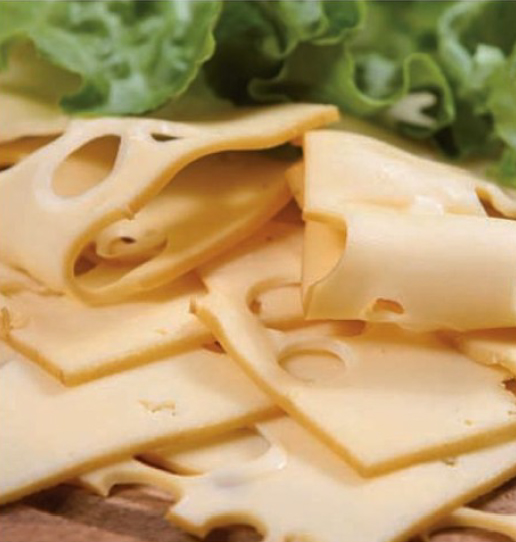
Sour taste’s first action in the body is that the moment it touches the tongue, it brings about salivation or readiness to eat. Hence, it is considered as a first class digestive stimulant as well as a digestives agent. This taste is carminative and often diaphoretic (causes perspiration) due to its heat producing qualities.
Thus, sour foods are generally purifying, aid digestion and impart strength to the heart. Sour taste also has a mild laxative effect upon the body. The sour taste causes salivation, sweating, cleansing of mouth (refreshes taste buds). If consumed in moderation, the sour taste refreshes and energizes the body and senses.
Effects of over consumption: Excessive consumption brings about various types of burning sensations, excessive thirst, diseases of blood and Pitta such as heartburn, acidity, stomach ulcers, skin rashes, etc. Edema, skin irritation, burning, itching, anemia can also be instigated by excessive consumption of sour taste.
The pungent taste
Hot, dry and light, the pungent taste is dominant in Fire element with a secondary Air, and hence, it has a heating, drying and exciting action upon the body and mind. The pungent taste naturally occurs in vegetables such as garlic, ginger, radish, mustard, and of course, the pepper family. Many Indian spices such as Hing (asafetida), cumin, mustard seeds, etc. are also pungent. Certain spices like cardamom can also be chewed after meals to enhance digestion. The pungent taste mainly increases Pitta Dosha. In case of excessive consumption it will also begin to increase the Vata Dosha. Pungent taste reduces Kapha Dosha.
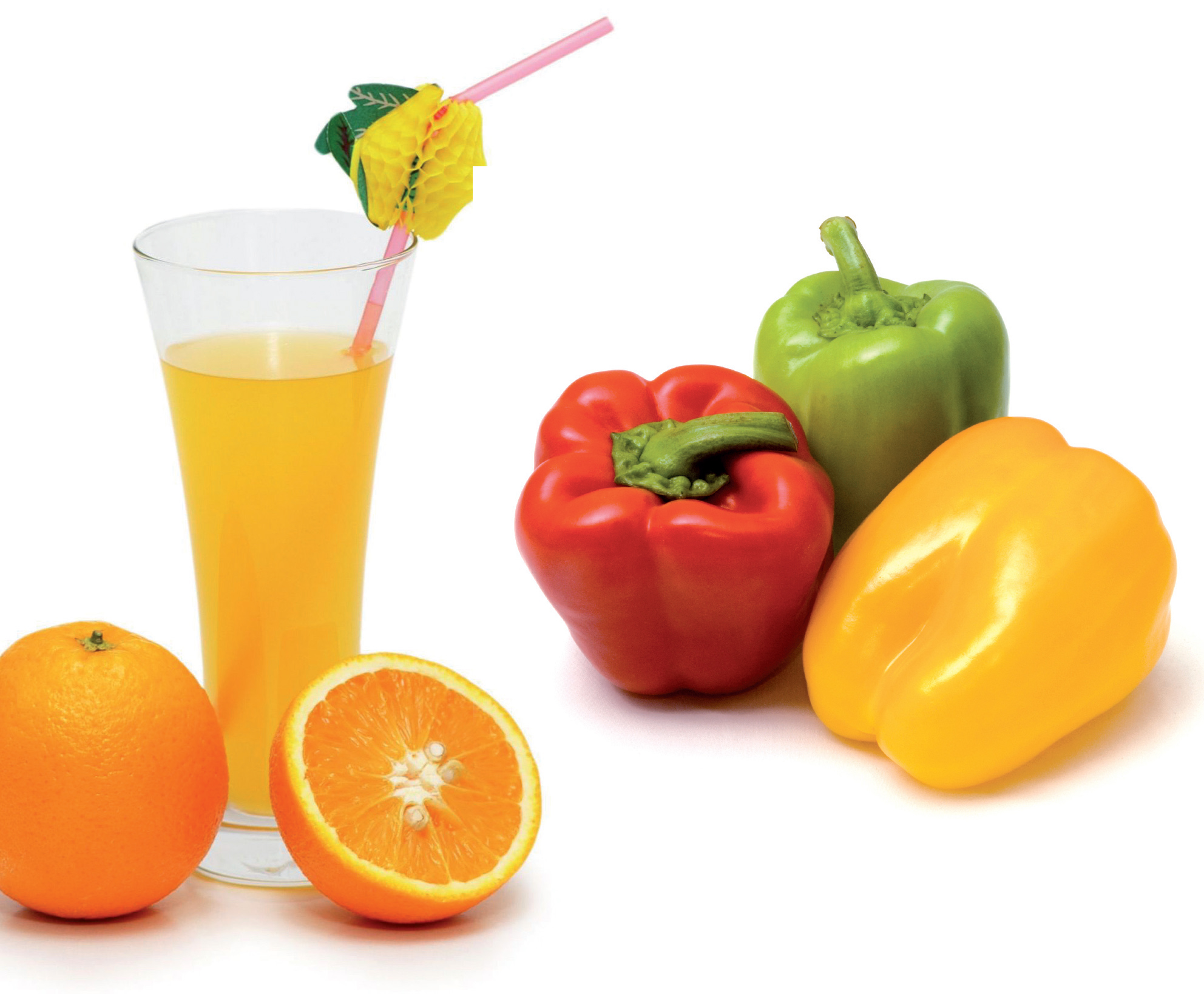
In moderation, the pungent taste promotes Agni or digestive mechanism like no other taste. Its intense taste clarifies the taste buds (of all previous tastes), promotes digestion and absorption. As such, the pungent taste makes the body an inhospitable environment for worms and other parasites (yeast, etc.) and it acts as an anti-toxic agent aiding breakdown, circulation and elimination. It helps break down cough and congestion. Pungent taste contained in spices cuts fat, prevents arteriosclerosis, acts as antifungal, antibacterial, and vermicidal agent inside the body.
Effects of over consumption: Impotency, dizziness, trembling, burning sensations, ulcers, constipation, exhaustion, fainting, tremors, cramps, burning pain, dryness of mouth, heartburn, nausea, muscle fatigue, weight loss, impaired fertility, skin rashes and a host of other conditions can result from excessive intake of the pungent taste.
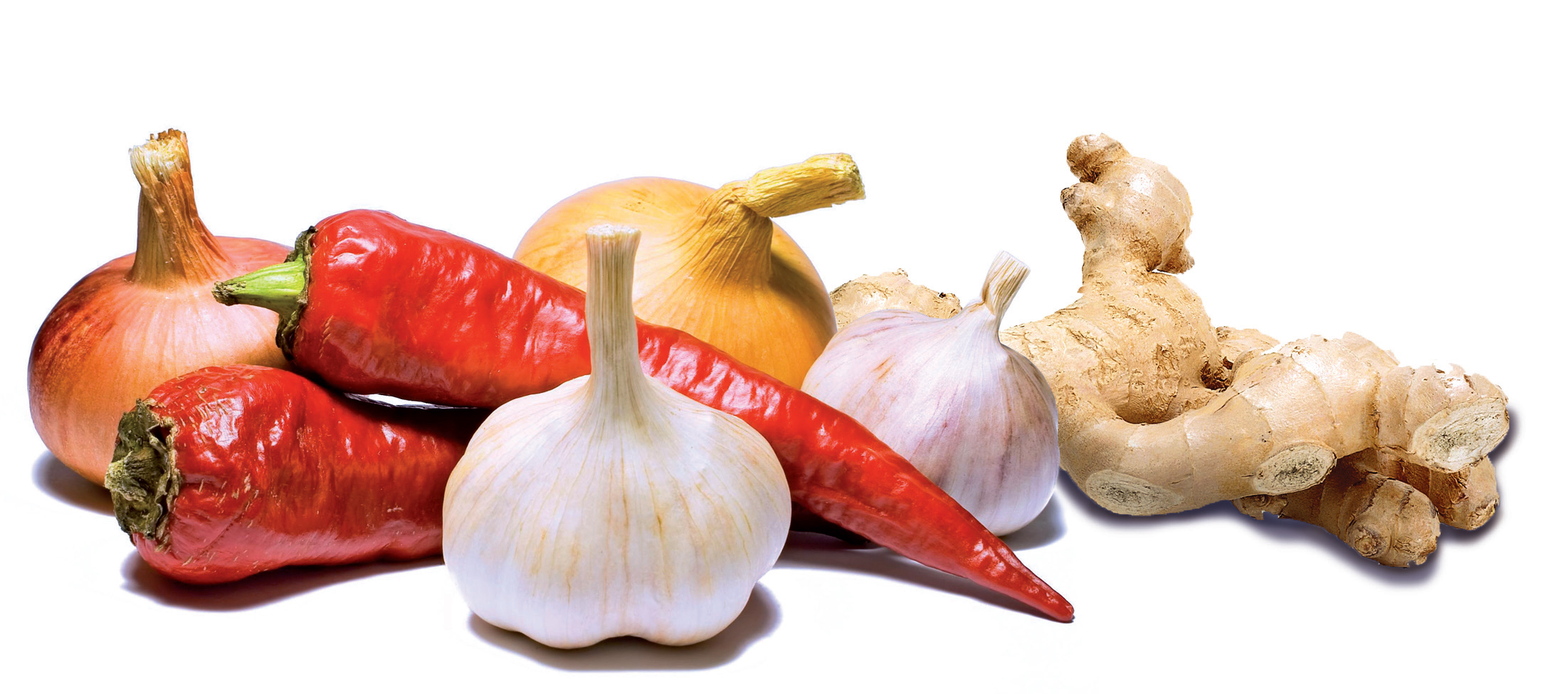
The salty taste
Oily, hot and heavy, dominant in Fire with secondary Water element, the salty taste makes food tremendously tasty and thereby has a potent appetite stimulating action. Different types of salts that occur in nature are examples of salty taste. It also occurs naturally in certain vegetables. Ayurveda tradition strongly recommends mineral-enriched rock salt and sea salts. Salty taste increases both Pitta and Kapha Doshas, so it adds fire and bulk to the system, but it decreases Vata and is therefore a great carminative, anti-anxiety and anti-cold agent that promotes circulation
Due to its heating property, salt is naturally both an appetizer and a digestive and aids the flow of saliva, dilutes phlegm and aids the movement of bowels downwards (mild laxative). Its searing and heating qualities open blocked channels, help break down food (splitting and softening action) and aid in better absorption of food and efficient elimination. Thus, quite unlike our culture of shunning salt, Ayurveda views the salty taste with a practical eye and promotes its judicious use.
Effects of over consumption: Salt is easily soluble and it retains water, bringing about swelling, edema, or even weight gain. Salt causes softening or melting in the body tissues, causes liquefaction of tissues, or even early wrinkles. The heat contained in salt can bring about early graying of hair and even premature hair loss. Salt in excess can vitiate blood and can create and worsen skin conditions. Salt can increase the body’s heat tremendously, manifesting in burning sensation in mouth and throat, fainting, feeling hot, acid stomach, hot rashes, etc. Excessive salt causes impotency, baldness, bleeding, hyperacidity, oozing, skin infections, general hyperacidity, high blood pressure, impurities in the blood,burning sensations, inflammation of the lymph glands, gout, heart conditions, impotency, loose teeth and darkening of the skin pigmentation.
The bitter taste
Dry, cooling and light, the bitter taste overshadows all other tastes due to its uniqueness. This taste naturally occurs in foods like coffee, greens like fenugreek, bitter melon, dandelion root, gentian, aloe vera, goldenseal, etc. It increases Vata and reduces both Pitta and Kapha.
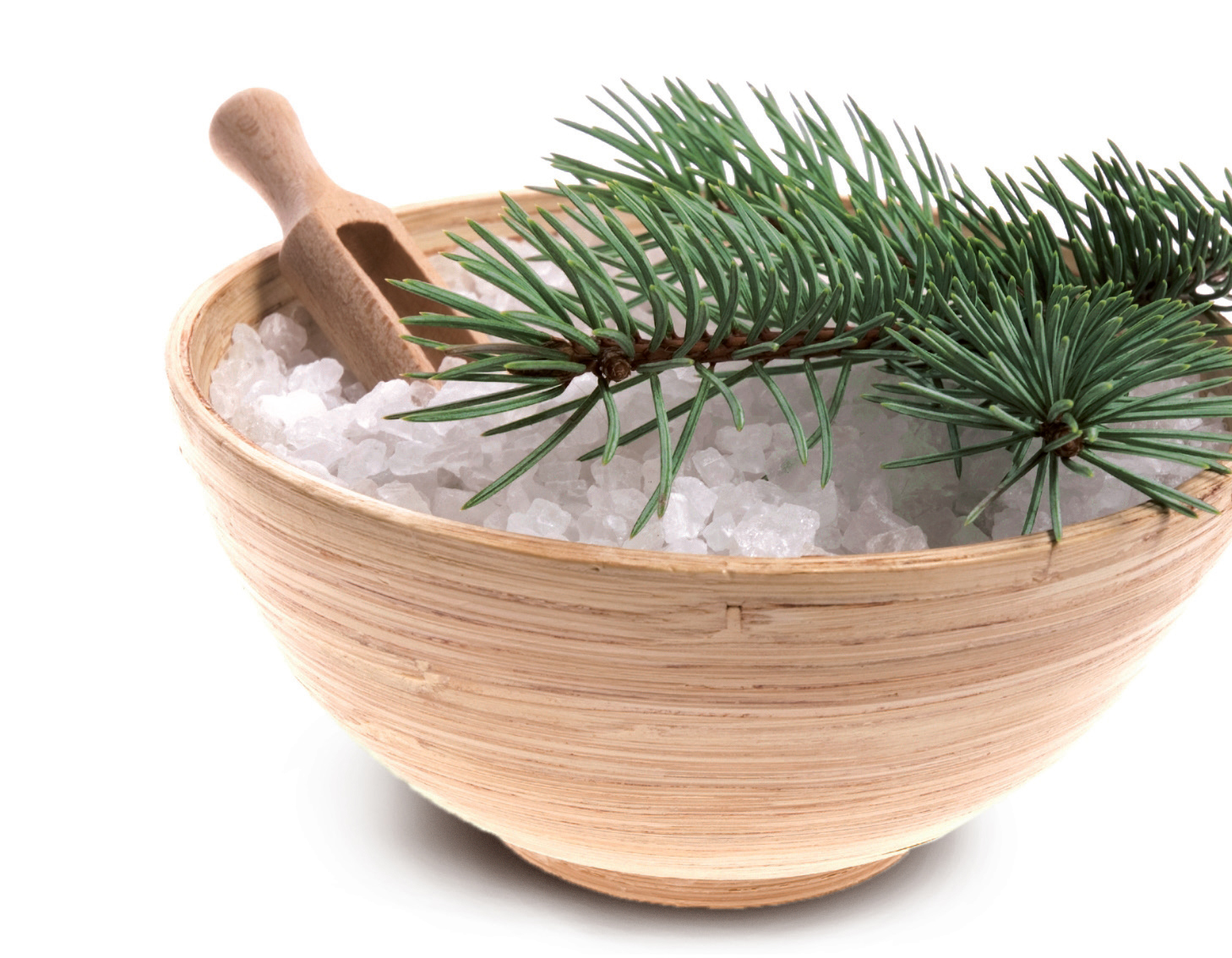
It is considered a unique appetizer because though, in itself it is not a taste to be relished (easily), once consumed it thoroughly cleanses the taste buds of all previous tastes and allows for receptivity of fresh new tastes.
Bitter taste is considered anti-phelmenthic, anti-pyretic (reduces fever), and anti-toxin. It purifies blood, detoxifies the liver and removes toxins from breast milk and is especially indicated during fever, loss of appetitive or jaundice. Bitter taste makes the body inhospitable to the growth of germs and parasites. Similarly, due to its cooling and cleansing qualities, bitter taste is a great aid in a variety of blood disorders including obstinate skin conditions. Bitter leaves such as Neem and the common household spice Turmeric, are used topically to control itching and subdue infection. Due to its dry qualities, bitter taste destroys mucus, pus and watery fluid accumulations inside the body. In extreme moderation, the bitter taste is a great digestive tonic, keeping it clean and unburdened from parasites and food toxins alike.
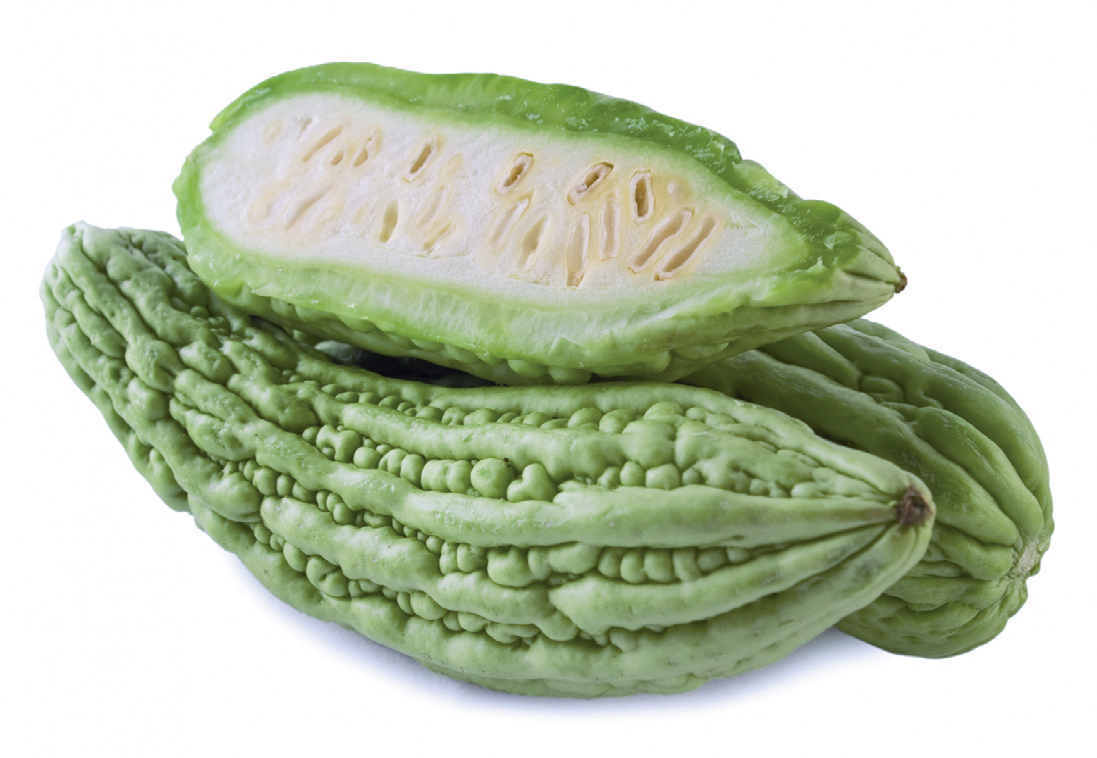
Effects of over consumption: In excess, the dry and cold qualities of the bitter taste tremendously increase Vata and associated conditions like emaciation, weakness, sexual debility, dizziness, dryness of mouth, abdominal distention, abdominal pain and spasms, pain in the heart and other muscles.
The astringent taste
Dry, cold and light with dominant Air element and secondary Earth element, the astringent taste cannot be easily identified by itself but it is present in certain food items such as in unripe bananas, green beans, pomegranates, alum, etc. Most Ayurvedic books furnish a detailed list of food items that contain the astringent taste. The astringent taste increases Vata and decreases both Pitta and Kapha. Due to the property of dryness, astringent foods are absorptive and have haemostatic (arrest bleeding) properties and also wound healing, drying properties. This taste is utilized in diarrhea, menorrhea, hemorrhaging or to prevent excessive urination, sweating or wherever there is an excessive loss of fluid.
Taken in moderation, it brings about the necessary drying (when needed), helps in healing of wounds and ulcers by promoting clotting.
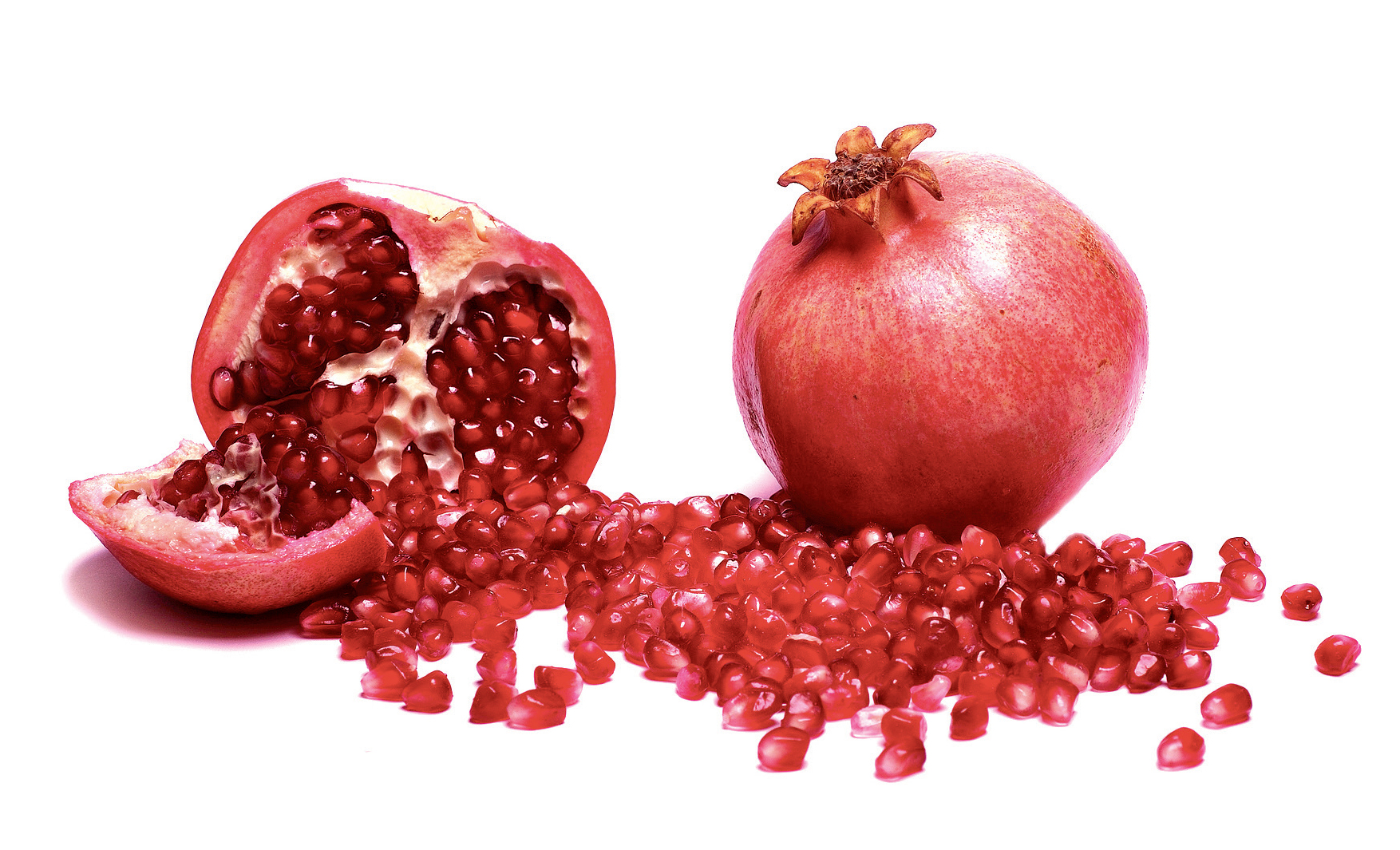
Effects of over consumption: Drying of mouth, chest pain, flatulence, bloating of abdomen, obstruction in passages of circulation (Srotas), impotency, and other diseases of Vata origin are set in motion when this taste is consumed in excess.
Thus, the six tastes weave an intricate guidance system for the intake of foods for health. This system of food selection has been in place for literally thousands of years in India, and now worldwide Ayurveda is rapidly gaining converts. It is once again delivering the profound wisdom of the sages who pronounced confidently that both health and disease emerge from the food we eat, and hence, what we eat and its deepest properties, determines the quality of our well-being.
 Hailing from a lineage of Vedanta sages in India, Acharya Shunya is an Ayurveda pioneer, master healer, mystic teacher, and published author. She founded the Vedika Global Foundation in Berkeley, California. She leads Ayurvedic workshops and retreats throughout the US and India. Acharya Shunya is known for her unique way of expressing Ayurveda in conjunction with Advaita Vedanta and Yoga. acharyashunya.com
Hailing from a lineage of Vedanta sages in India, Acharya Shunya is an Ayurveda pioneer, master healer, mystic teacher, and published author. She founded the Vedika Global Foundation in Berkeley, California. She leads Ayurvedic workshops and retreats throughout the US and India. Acharya Shunya is known for her unique way of expressing Ayurveda in conjunction with Advaita Vedanta and Yoga. acharyashunya.com

